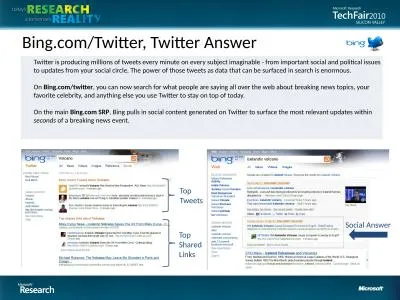PPT-Exploring higher education professionals’ use of Twitter for learning: issues of participation.
Author : karlyn-bohler | Published Date : 2018-10-29
Dr Muireann OKeeffe Critical Perspectives on Openness in Higher Education SRHE The Digital University Image created in W ordlenet EdD my thesis Lets talk If you
Presentation Embed Code
Download Presentation
Download Presentation The PPT/PDF document "Exploring higher education professionals..." is the property of its rightful owner. Permission is granted to download and print the materials on this website for personal, non-commercial use only, and to display it on your personal computer provided you do not modify the materials and that you retain all copyright notices contained in the materials. By downloading content from our website, you accept the terms of this agreement.
Exploring higher education professionals’ use of Twitter for learning: issues of participation.: Transcript
Download Rules Of Document
"Exploring higher education professionals’ use of Twitter for learning: issues of participation."The content belongs to its owner. You may download and print it for personal use, without modification, and keep all copyright notices. By downloading, you agree to these terms.
Related Documents

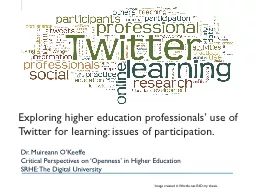

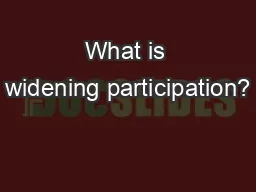
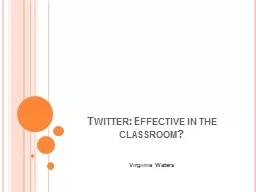
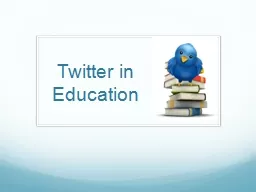
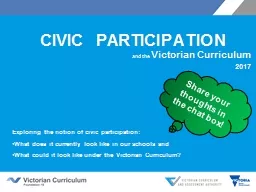
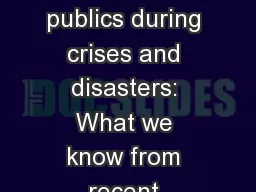
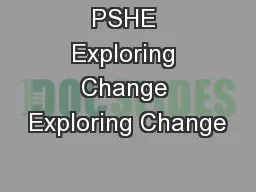


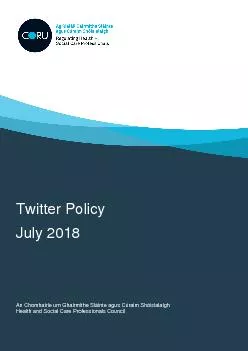
![[EBOOK] - Wellness Issues for Higher Education: A Guide for Student Affairs and Higher](https://thumbs.docslides.com/905833/ebook-wellness-issues-for-higher-education-a-guide-for-student-affairs-and-higher-education-professionals.jpg)

